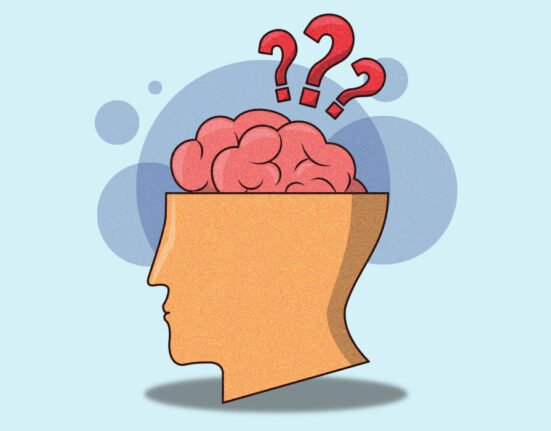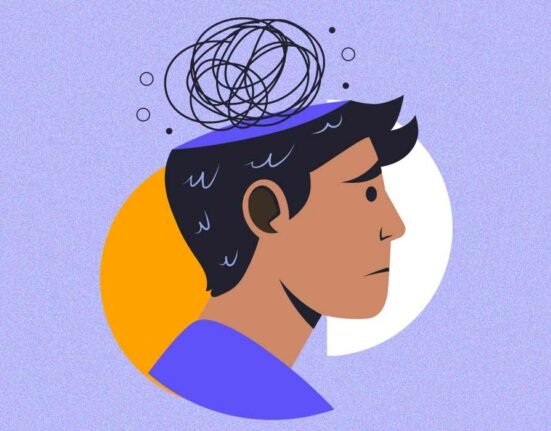In a time of digital burnout and anxiety, reading a book can be one of the most extraordinary kinds of self-care. Reading is a restorative cognitive activity that provides a moment of calm without digital engagement, calms the nervous system, and allows our focus to be gathered and stable. One study demonstrated that six minutes of reading can reduce stress levels by as much as 68%, more than music or a walk can.
Books provide the opportunity for the mind to experience narratives, exercising the imagination while inhibiting anxious thoughts with stories, truths and sources of empathy that transcend the experience. Reading, or rather bibliotherapy, can be a helpful practice for emotional regulation and mental health and well-being; it is quickly gaining traction. A good book indeed can be the best medicine.
The Science Behind Reading and Relaxation
Reading has a significant influence on both the body and brain, and can be a very powerful means of relaxation and self-regulation. Neuroscience shows that reading a good book increases relaxation throughout the mind and body by slowing heart rate, relaxing muscles, and lowering levels of cortisol, the body’s primary stress hormone. The University of Sussex conducted a study that found doing this just six minutes can reduce stress levels by as much as 68 % — more effective than music (61 %), tea (54 %), or going for a walk (42 %) (Lewis, 2009).
The need for concentration while reading helps calm the amygdala, the part of the brain that registers fear, and prevents the mind from racing. Engaging the logic-reading, rational part of the cortex helps relieve anxiety. This is because the cognitive work of reading shifts the mind to the present and helps to calm any racing thoughts. Psychological studies have shown that reading helps improve the self-regulatory benefits of mindfulness, emotional control, and the focus of attention.
These benefits have all been described in works that deal with it. In fact, studies have shown that self-regulation mediates the relationship that mindfulness has with psychological well-being, so reading may confer similar benefits for mental health. Dr David Lewis states that reading puts us into an “altered state of consciousness” and provides not only a distraction but restores us cognitively and emotionally (Lewis, 2009)
Read More: Self-regulation Tips for People with Anxious Attachment
Escaping or Engaging? How Stories Shape Emotional Balance
Fiction provides two routes for emotional balance: escape and emotional engagement. Reading creates a brief separation from day-to-day stress through which readers enter alternative realities, momentarily gaining a therapeutic distance. Furthermore, reading creates the potential to process an emotion. Escaping is not avoidance; rather, it is a restorative active experience that can change how an individual relates to their life. Importantly, readers can process emotions through their identification with the character. When readers put themselves in the shoes of the main character and follow them on their journey, they use “embodied cognition,” as sensory and motor experience-related brain regions activate similarly to if the reader were experiencing the storyline.
This interplay of neural coupling and embodied cognition can foster empathy and the development of the theory of mind, the mental capability of inferring thoughts and feelings of others. By following along as characters manage grief, conflict, and resilience, readers can reflect on their own emotional experience, practising their response within the safety of the cognitive experience. Narrative research has demonstrated that constructing as well as reading stories that posit events in the past, as well as meaning-making in positive terms, can effectively reduce distress from sadness and anger.
This is similar to some therapeutic techniques in narrative therapy when a patient reworks a life event into a story that provides emotional understanding. In this manner, fiction goes beyond distraction, and self-regulation helps the reader cope by providing a strong narrative and modelling coping strategies. In this manner, fiction helps self-interpret by providing emotional vocabulary, facilitating self-reflection, and helping the reader author a strong narrative (Lewis, 2009).
Building a Reading Routine for Mental Calm
Choosing calming genres is the first step in reading for mental relaxation. Consider character-based fiction along with other calming narratives, as these promote gentle self-reflection and emotional engagement. Mindfulness and self-help guides are also great options, as they do not excessively stimulate your thinking brain. Creating a ritual is the next step. Pick a comfy chair in a cosy, screen-free place with soft lighting.
While reading, a warm drink, especially chamomile tea, works well as it is reading-friendly. It also lowers the cortisol, and the warm, dimly lit environment aids in relaxation and sleep. It is also important to do this daily at the same approximate time. The best time is 20–30 minutes before bedtime, as the light is lower and the words promote sleep. If you minimise the amount of time looking at your screens, you may be able to replace this with a book and only start with 5–10 pages or a chapter in the beginning. Consider reading during your commute or lunch instead of looking at screens, or try audiobooks.
For each day, remember that any reading is ok, but you can have the freedom to choose what reading means to you. Consider it part of daily activities to promote enjoyment rather than the chore of a reading assignment. It will take time, but cognitive resilience, along with reading, will help to pass it. Your reading practice will help to pass it. It will become another unnoticeable and sustainable form of self-care, along with reducing stress (Olson, A., 2024).
Read More: 10 Powerful Benefits of Practising Mindfulness Every Day, According to Psychology
Conclusion
Reading is more than a pastime; it is an important self-control activity that calms the mind, reduces stress, and helps achieve emotional balance. Several minutes of reading decreases heart rate and cortisol levels. Science shows that stories stimulate the brain areas that make us empathic and mindful. People use fiction to escape, but it is also helpful for emotional processing.
Readers relate to the characters’ lives and experiences, helping them to work through their own thoughts and feelings. Readers can further cultivate reading into intentional practices by accessorising their chosen reading materials, choosing calming genres of books, and creating a reading ritual that incorporates reading as an activity into daily life. While we live in a world of constant stimulation, the pages of a book remain a visually still place in which a person can calm an anxious mind.
FAQs
Q1. How exactly does reading help reduce anxiety?
Reading requires focused attention, which redirects the mind from anxious thoughts to the present moment. This cognitive engagement calms the amygdala — the part of the brain that processes fear — and lowers cortisol levels, resulting in relaxation and reduced anxiety.
Q2. What types of books are best for calming the mind?
Character-driven fiction, nature writing, and mindfulness-based books are ideal for relaxation. These genres promote empathy, slow reflection, and gentle self-awareness, all of which encourage emotional balance and self-regulation.
Q3. Can audiobooks have the same calming effect as reading physical books?
Yes. Listening to audiobooks can produce similar relaxation effects because it still engages the imagination and storytelling regions of the brain. However, physical books may promote deeper focus and reduce screen exposure, enhancing the calming effect.
Q4. How long should I read daily to feel the benefits?
Even six minutes of it can lower stress by up to 68% (Lewis, 2009). However, doing this for 20–30 minutes daily, especially before bedtime, can establish a sustainable routine for long-term anxiety relief.
References +
Lewis, D. (2009). Galaxy stress research / MindLab International, University of Sussex (study report). University of Sussex / MindLab International. WebMD+2Inc.com+2
“Reading Reduces Stress” (2009). MindLab International (University of Sussex). Reported in WebMD. WebMD
Olson, A. (2024). Reading for Stress Relief. Taking Charge (CSH).













Leave feedback about this